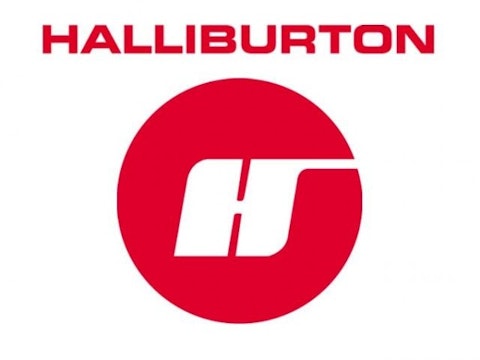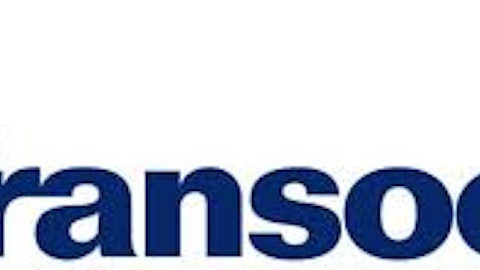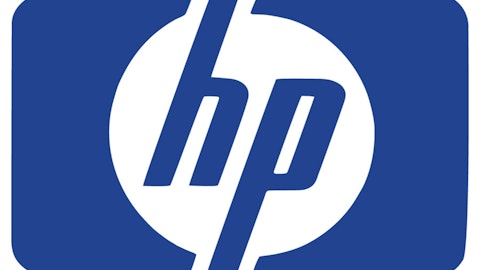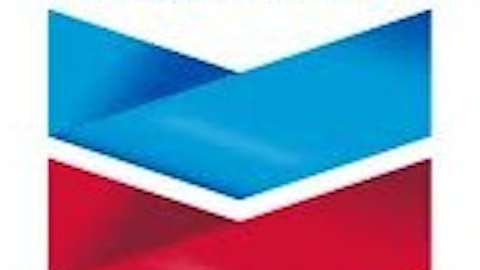The oil and gas exploration and production (E&P) sector is estimated to generate $4.5 trillion in 2013, compared to $4.2 trillion in 2008. It has grown by 1.4% annually since 2008. Revenue in the sector is further anticipated to increase by 3% in 2013.
It’s worth noting that oil and gas E&P companies earned extremely large earnings due to surging oil prices during 2010 and 2011. However, things have changed since then, with oil prices seeing a downtrend. In order to maintain the same level of revenue, these companies have changed focus toward increasing production and exploration activities. Let’s find out what strategies these companies have designed to boosts their revenue growth.
Americas fueling revenue prospects
Halliburton Company (NYSE:HAL) achieves 56% of its revenue from the North American market. In 2012, Halliburton’s working rig count in this area was 2,283. The company intends to increase the area’s rig count by 100 to 150 through the end of the year. The reason for the incremental investment is the increasing significance of exploration and production to cater to demand for oil and natural gas.
The IEA forecasts that 50% of oil production that will be required in 2020 has yet to be explored or developed. The demand for natural gas is also expected to increase by 1.4% to 1.6% per annum through 2035.
On the other side, Halliburton Company (NYSE:HAL) is focusing on exploring unconventional resources, like hydrocarbon. These unconventional resources are difficult to extract, as they are capital intensive and require modern technology that very few companies own. Halliburton is one of the companies that possesses the necessary technology and sees this as a $15 billion opportunity.
The company has come up with a technology called ”Single-Trip Multiple Zone System,” which helps in saving operational weeks of rig time. In turn, this improves the economics of the ultra-deep wells. This technology helped the company save 18 rig days per well. Henceforth, Halliburton Company (NYSE:HAL)’s revenue per rig in the North American region is expected to reach $8 billion in 2014, up from $7 billion in 2012.
In Latin America, Halliburton has been awarded with two high-tech directional drilling and testing contracts by Petroleo Brasileiro Petrobras SA (NYSE:PBR). These are four-year contracts with extensions for another four years, which include drilling activities and integrated tests and services in the Brazilian offshore market. The company estimates the potential from these contracts to be valued at more than $2 billion. Therefore, the revenue in this market is expected to grow by about 25% from approximately $3.7 billion in 2012 to $4.6 billion in 2015.
Divestment followed by expansion – perfect strategy
BP plc (ADR) (NYSE:BP) plans to expand and develop the Rumaila oilfield in Iraq. It has increased its capital expenditure by 30% to $2.8 billion from previous estimates of $2.2 billion in 2012. The company plans to drill 300 wells for the next five years, including 150 new wells in the second half of 2013. This will boosts its output at nearly 1.3 million barrels per day (bpd) for the coming three years, with an increment of 100,000 bpd every year. BP plc (ADR) (NYSE:BP) also plans to construct production capacity of 300,000 bpd. The company aims at achieving output of 6 million bpd by 2017, up from the present 1.4 million bpd.
BP plc (ADR) (NYSE:BP) had 60% stake in one of the oil interests of Brazil, the Polvo oil field. Since 2007, the average daily yield from this field has been 13,000 bpd. Recently, it has divested its stake to HRT Oil and Gas for $135 million. This cash transaction will take place in the second half of 2013, after the sale of the Polvo oil field.
The reason for this divestment is that the company wants to focus on long-term growth projects. BP plc (ADR) (NYSE:BP) plans to be a major investor in exploration and production units by spending approximately 75% of its capital expenditure in upstream activities to increase production and reserves of crude oil in the coming 10 years. It plans to boost its cash flow by 50% to $30 billion in 2014 in order to spend its estimated capital expenditure of $24 billion by 2014.
Increasing day rates and backlog
Transocean LTD (NYSE:RIG) invested in six ultra-deep water drillships and two shallow-water jackups in late 2012. These drillships will be leased to Shell for a commitment of 40 rig years of work, along with backlog worth $7.6 billion to the company. The drillships are expected to be delivered by early 2015 and the jackups by the second half of 2013.
Transocean LTD (NYSE:RIG)’s existing rigs have seen a rise in day rates. Its deepwater Millennium drillship will be moved to Australia for a two-year contract at the rate of $605,000 per day. The rate has increased from $545,000, which it presently earns. Recently, its mid-water rig off Australia was extended for two more months by ConocoPhillips (NYSE:COP) at a $440,000 day rate, which was increased from $239,000 per day. In July, its Jack Bates, a deepwater rig, will start earning day rates of $525,000 compared to $380,000 that it presently gets paid by Santos.
As of mid-April, the company’s backlog stands at $28.5 billion, of which $19 billion will come from existing and newly built ultra-deepwater rigs. The U.S government has recently opened up 40 million acres for oil and gas exploration in the U.S. Gulf of Mexico. Transocean LTD (NYSE:RIG) has a huge opportunity for growth with these 40 million acres up for auction.
It has set its cost guidance for the fiscal year 2013 between $5.7 billion and $5.9 billion. This has decreased by almost 7% from $6.1 billion in 2012. Further, Transocean LTD (NYSE:RIG) has divested 38 old, low-specification rigs to focus and improve the profile of its existing rigs, like ultra-deepwater, high-specification rigs. This will lead to annualized savings of $300 million by the beginning of 2014.
Conclusion
Transocean LTD (NYSE:RIG)’s backlog and increasing day rates — supported by cost guidance — will prove positive for the company to boost its revenue in the coming years.
Having a technological advantage, Halliburton Company (NYSE:HAL) is slowly shifting its focus on hydrocarbon extraction along with new contracts in hand. This will be beneficial for the company in the long run.
BP plc (ADR) (NYSE:BP) has great spending prospects, which will help it to grow and become the biggest player in the oil and gas industry.
Therefore, I recommend buying all of these stocks for long-term gains.
Madhu Dube has no position in any stocks mentioned. The Motley Fool recommends Halliburton Company (NYSE:HAL). The Motley Fool owns shares of Transocean LTD (NYSE:RIG).
The article Oil Lovers Should Not Miss These Companies originally appeared on Fool.com.
Madhu is a member of The Motley Fool Blog Network — entries represent the personal opinion of the blogger and are not formally edited.
Copyright © 1995 – 2013 The Motley Fool, LLC. All rights reserved. The Motley Fool has a disclosure policy.





